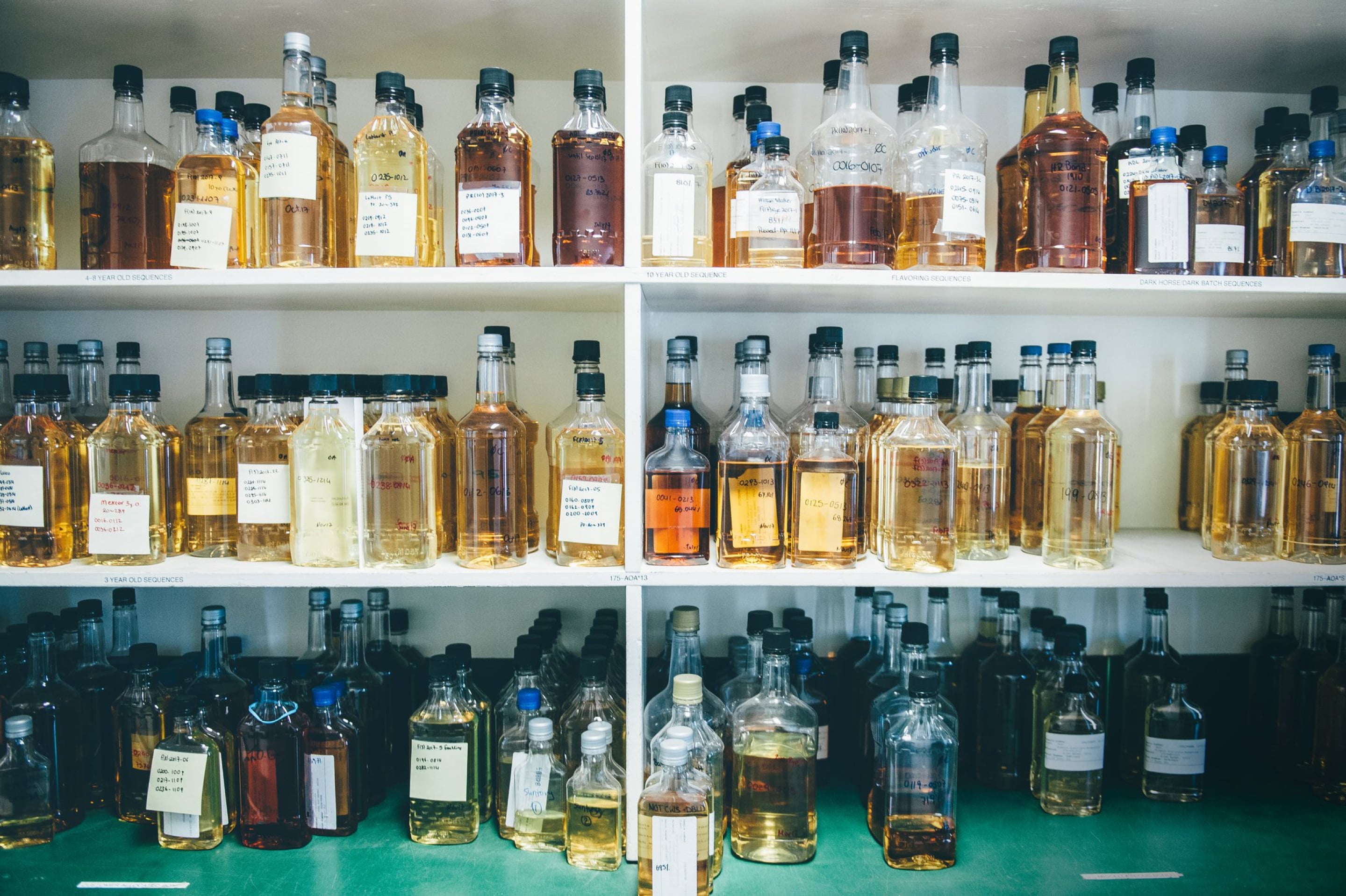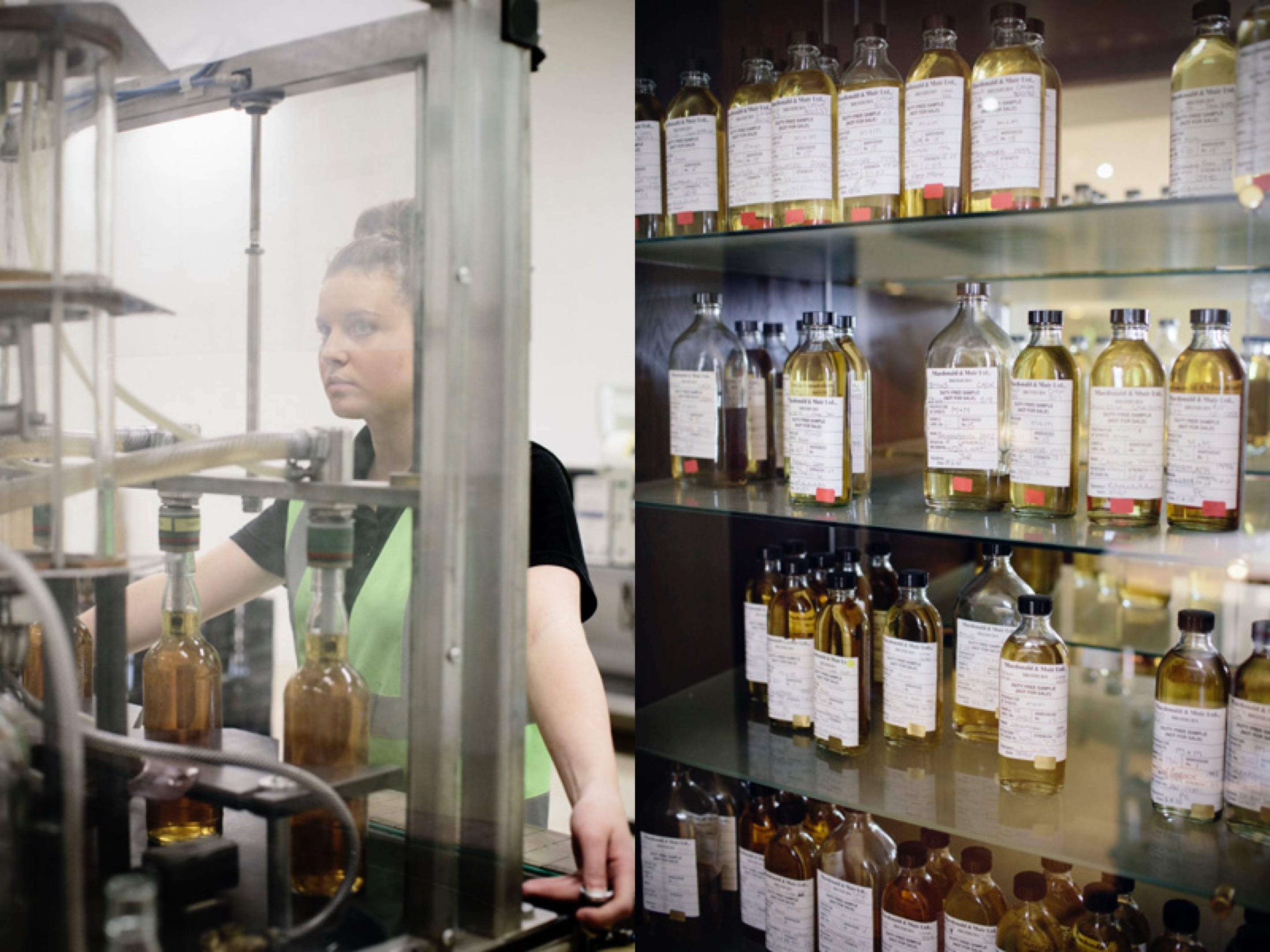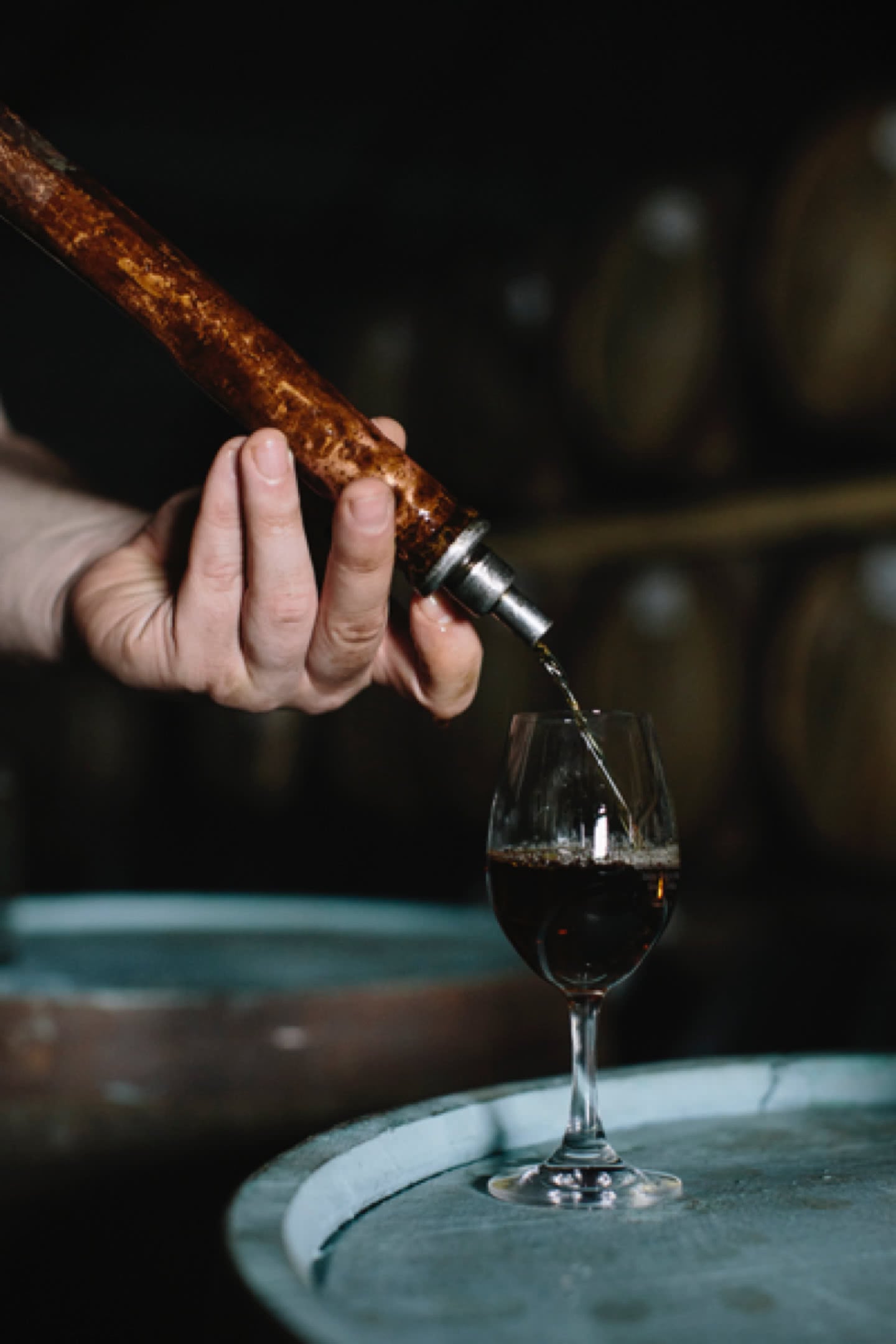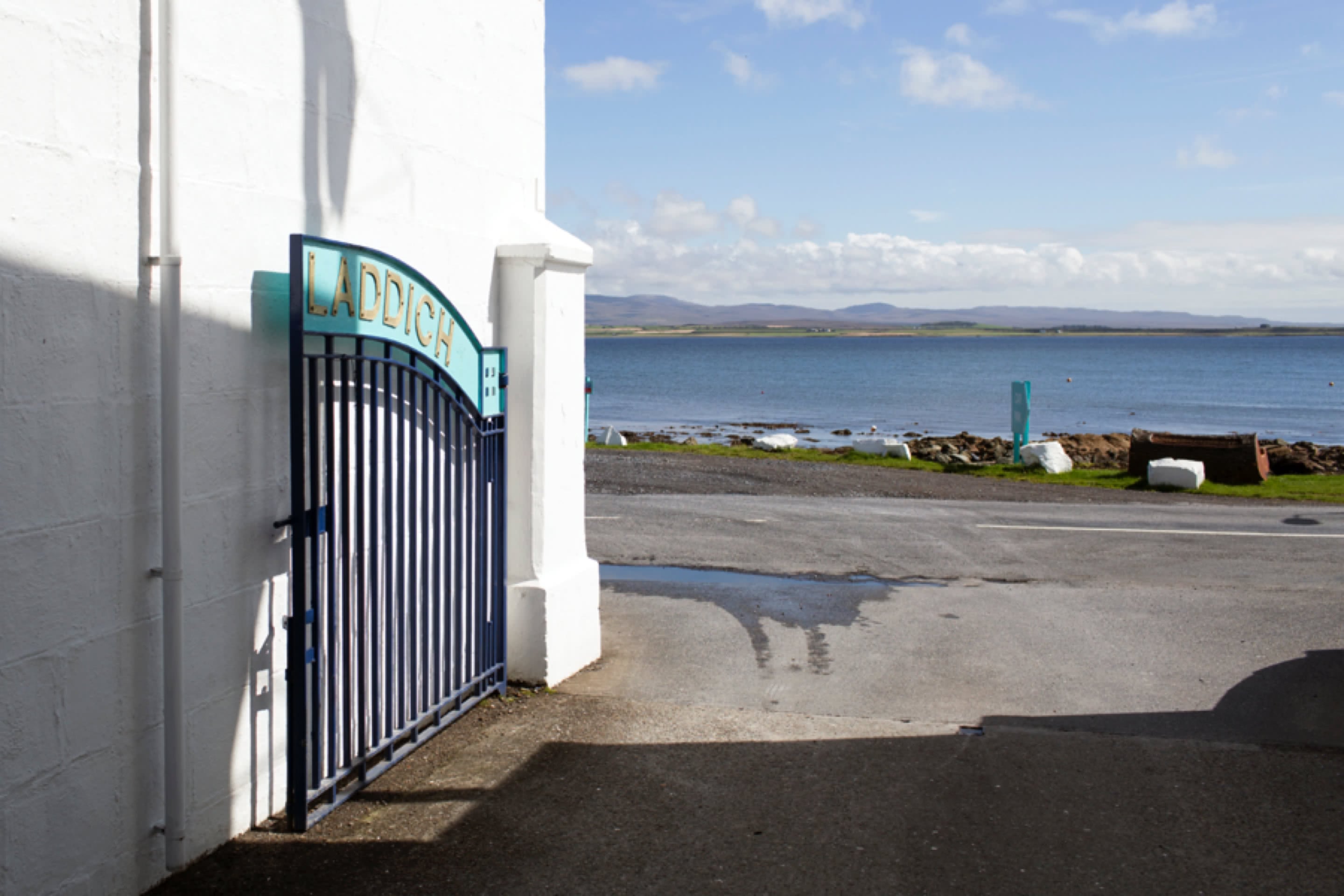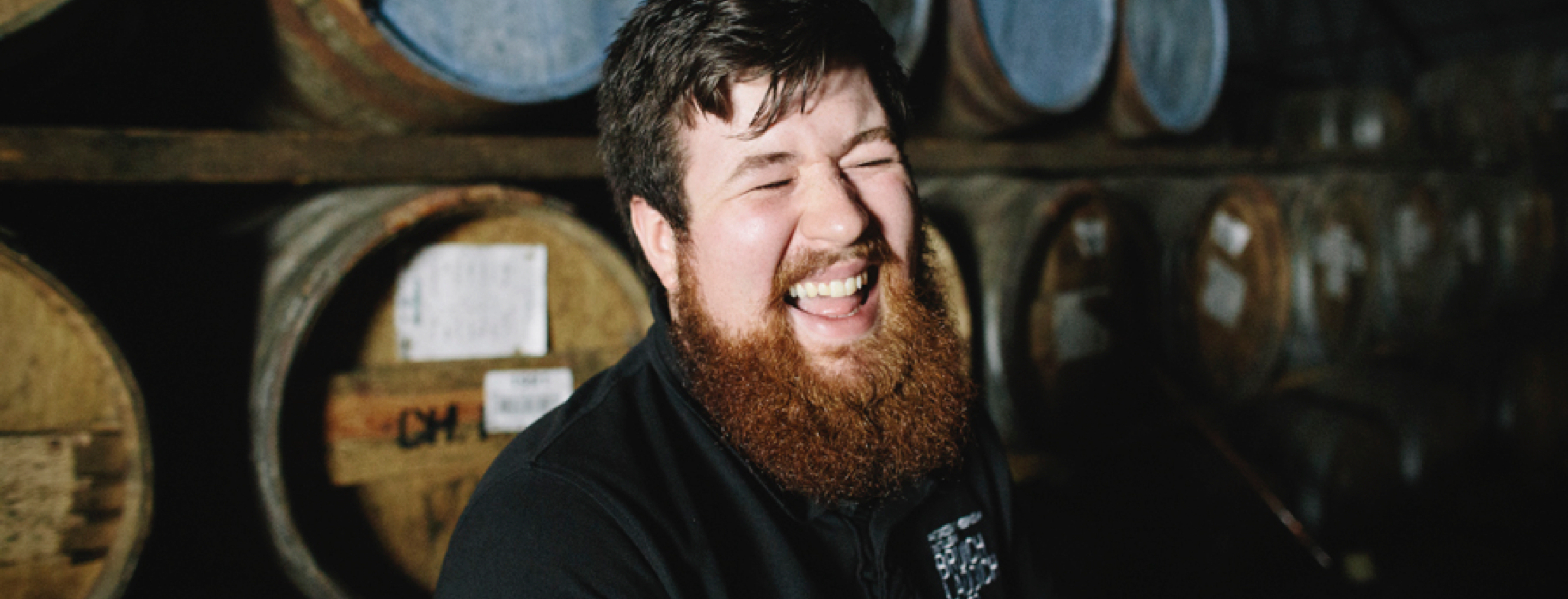
Die besten Whiskeys sind jetzt auch Blends
Jahrelang galten Single Malts als das Nonplusultra im Whiskeybrennen. Eine junge Generation Whiskey-Enthusiasten macht sich jetzt daran Geschmäcker zu verbinden – und mit Blends ganz neue Akzente zu setzen.
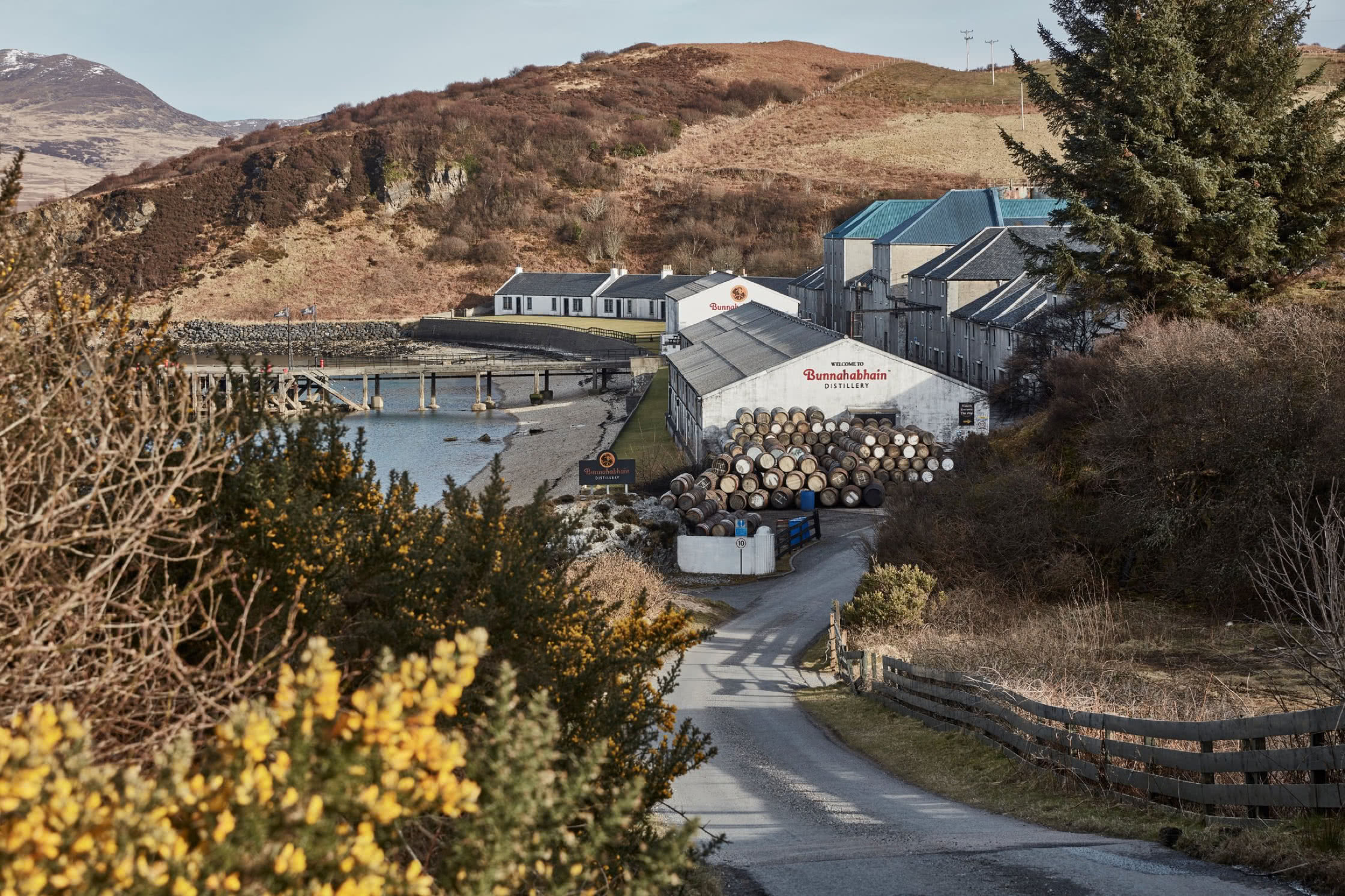
Whisky Basics
Angel’s share 1 / 3
Der «Anteil der Engel», so wird der Verlust des Faßvolumens genannt.
Da die Fäßer nicht 100% luftdicht sind, verdunstet durch diese ein geringer Anteil (ca. 2% pro Jahr der Lagerung). Jedes Jahr werden geschätzt 100 Millionen Liter den Engel zugute kommen.
Lässig in Leinen 2 / 3
Machen Sie während der warmen Monate leichte Hemden, Hosen und Vestons aus Leinen zu besonders anziehenden Begleitern.
Markt-Trouvaillen 3 / 3
Zum rezenten Hartkäse ein Glas Mostarda aus Äpfeln oder Birnen? Oder aromatische Olivenöle für sommerliche Küchenkreationen? Erntefrisch verarbeitet, vereinen das eingelegte Gemüse, die feinen Brotaufstriche und die würzigen Sughi mit frischen Kräutern das ganze Spektrum sommerlicher Aromen.
But by the time the renaissance in whiskey making and drinking began in the early 2000s, the Canadian product had long ago been dismissed as bland and bottom-shelf.
It’s a story that Davin de Kergommeaux, a whiskey writer in Ottawa, knows all too well. When he published his book “Canadian Whisky: The Portable Expert” in 2012, it was the first serious guide to the category in decades — not that anyone noticed. He would give seminars at whiskey festivals and be lucky if a few dozen people showed up. And while most American whiskey must by law be aged in charred, new oak That’s starting to change. Canadian whiskys are winning awards and fans as drinkers curious about the next development in whiskey turn their eyes north. In October, Mr. de Kergommeaux published a fully revised and greatly expanded edition of his book, and he is once again on the festival circuit, getting a much different reception.
Pure-Malt Whiskys aus Japan

NikkaPure Malt Black WhiskyCHF 69.90
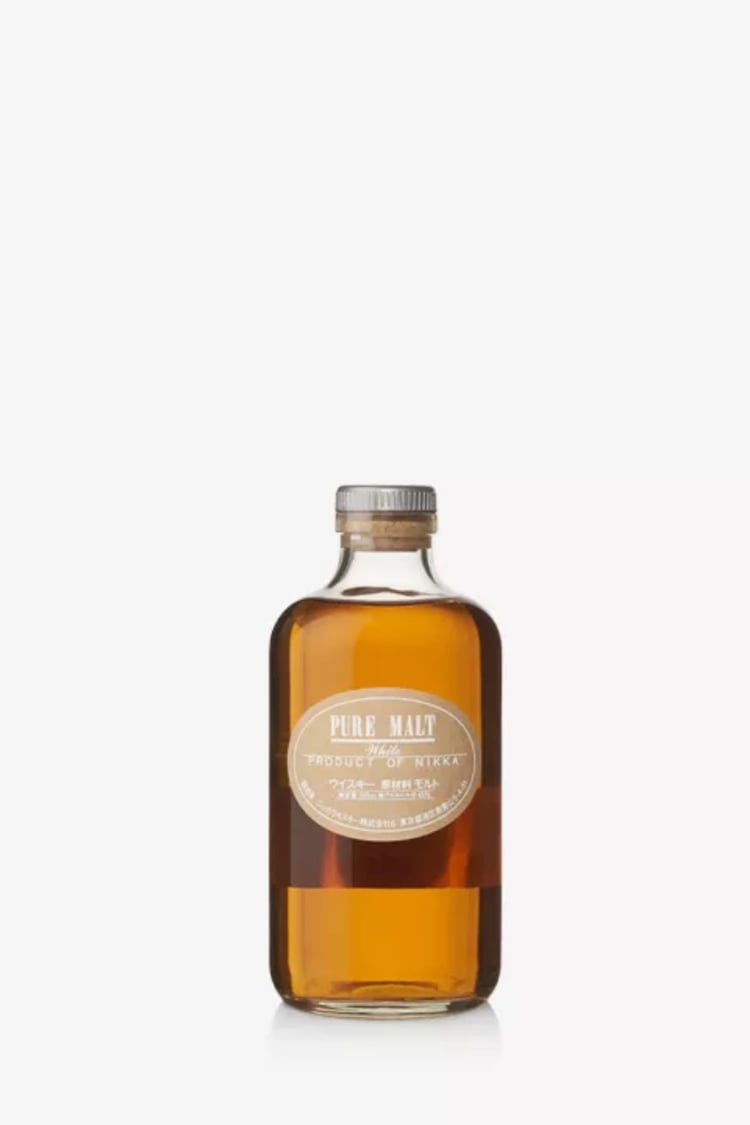
NikkaPure Malt Black WhiskyCHF 69.90

NikkaPure Malt Black WhiskyCHF 69.90
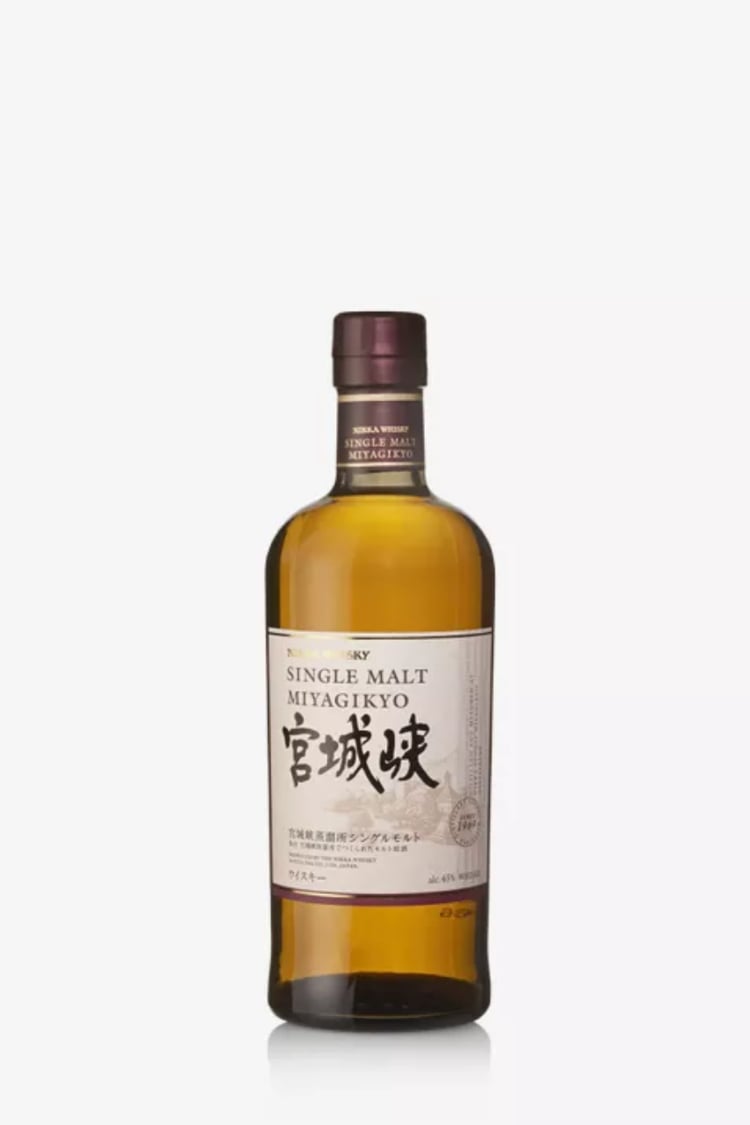
NikkaPure Malt Black WhiskyCHF 69.90
And while most American whiskey must by law be aged in charred, new oak That’s starting to change. Canadian whiskys are winning awards and fans as drinkers curious about the next development in whiskey turn their eyes north. In October, Mr. de Kergommeaux published a fully revised and greatly expanded edition of his book, and he is once again on the festival circuit, getting a much different reception.
Barrels, no such restrictions exist in Canada. Distillers there can work with any grain (though rye predominates), and they can age it in any kind of barrel — new, used or one that held another beverage, like rum or wine.
The result is a spectrum of flavors for blenders to work with. “Put these variables together, and there are literally thousands of different points we can hit in terms of flavor,” said Rick Murphy, who oversees production for Alberta Distillers, one of Canada’s largest.
That freedom, however, presents a problem in the United States, where 69 percent of Canadian whisky is sold, according to Spirits Canada. American law requires that Canadian whisky be labeled “blended” — which, in the United States, usually means a whiskey that combines a small amount of strong whiskey with mostly neutral grain spirits, creating a cheap, nearly flavorless drink.

